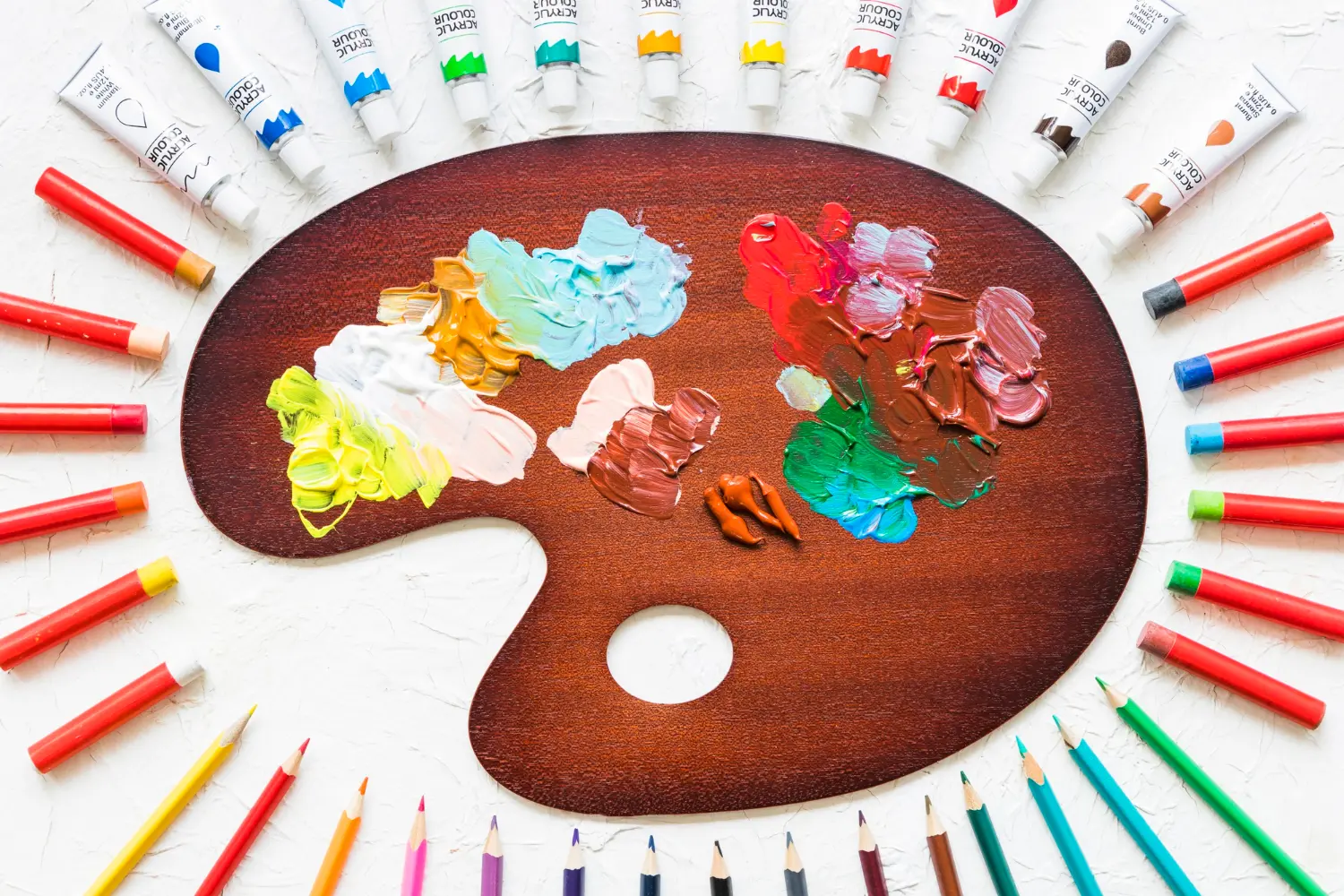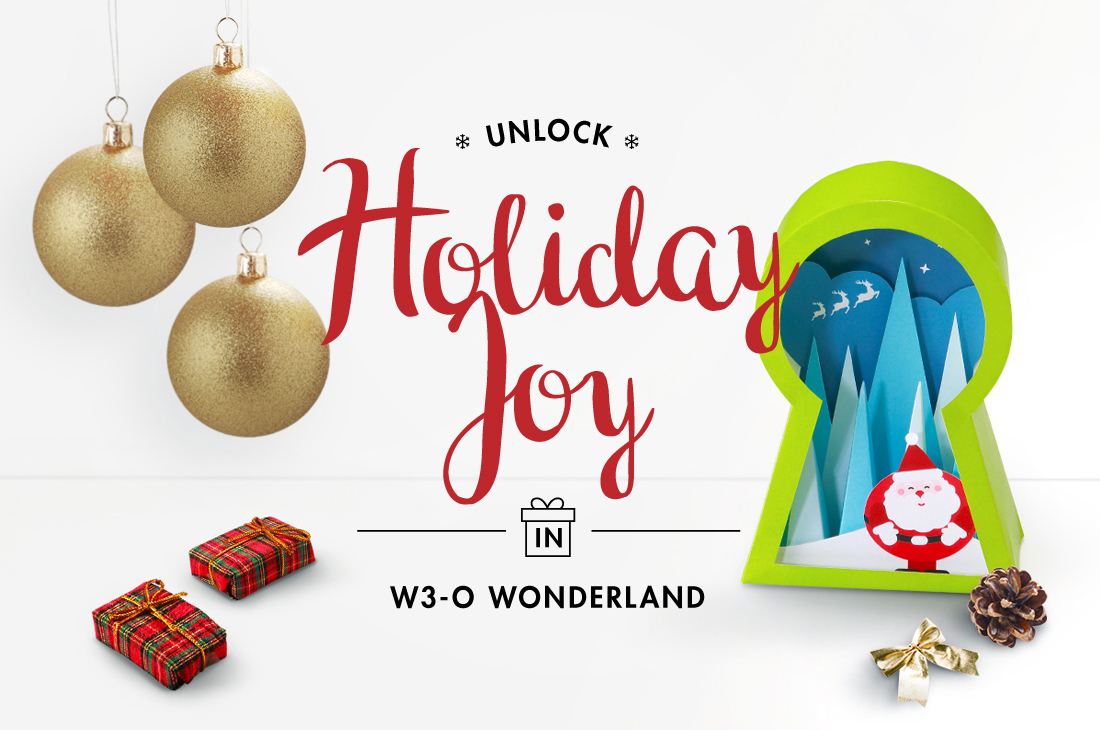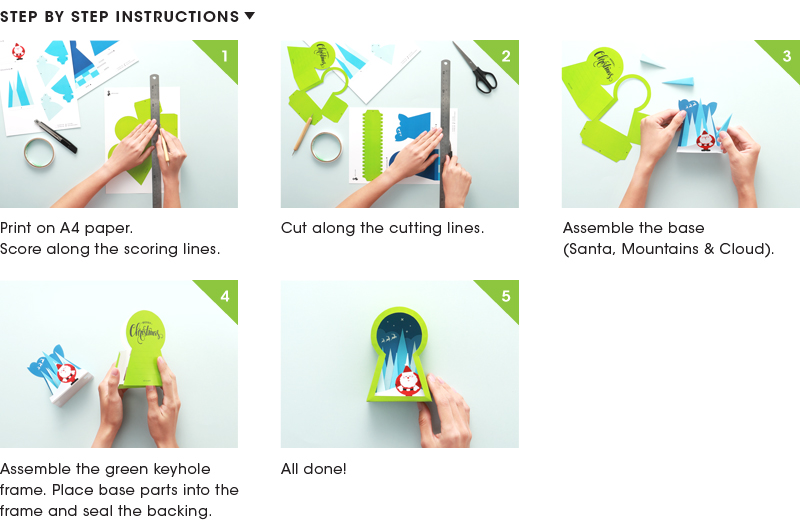YouTube Ads: How to Create Engaging Video Advertisements
Why Are YouTube Ads Important in Digital Marketing?
YouTube is the world’s largest video platform, boasting over 2 billion active users per month. YouTube Ads offer businesses the opportunity to reach a vast audience and boost conversions effectively. However, for a campaign to succeed, the video ad must be engaging, attention-grabbing, and relevant to the target audience.
Steps to Create Engaging YouTube Ads
- Understand Your Target Audience
Before creating a video ad, conduct research to understand your audience. Use YouTube Analytics or Google Ads Audience Insights to analyze demographics, interests, and behavior. - Use a Strong Hook in the First 5 Seconds
The first few seconds determine whether viewers continue watching or skip your ad. Ensure that the opening includes:
– Eye-catching visuals
– A thought-provoking question
– A compelling call-to-action (CTA) - Provide Valuable and Relevant Content
Instead of just promoting a product, add value to your audience by:
– Highlighting a solution to a common problem
– Using emotional storytelling
– Featuring testimonials or case studies - Optimize Video Length
The ideal duration for effective YouTube ads is:
– 6 seconds for bumper ads
– 15-30 seconds for skippable ads
– 1-2 minutes for storytelling ads - Include a Clear Call-to-Action (CTA)
A strong CTA boosts conversion rates. Examples of effective CTAs:
– “Visit our website now!”
– “Get an exclusive discount today!”
– “Subscribe for the latest updates!” - Use High-Quality Visuals and Audio
Since YouTube is a visual platform, quality matters. Ensure your ad includes:
– At least 1080p resolution
– Clear and well-balanced audio
– Engaging animations or visual effects - Test and Optimize Ads Regularly
Use A/B testing to identify which ads perform best. Track key metrics like:
– View-through rate (VTR)
– Click-through rate (CTR)
– Conversions and ROI
Conclusion
Creating engaging YouTube ads requires a strategic approach, from audience research to technical optimization. By following these steps, you can enhance your ad performance and achieve your marketing goals.

















